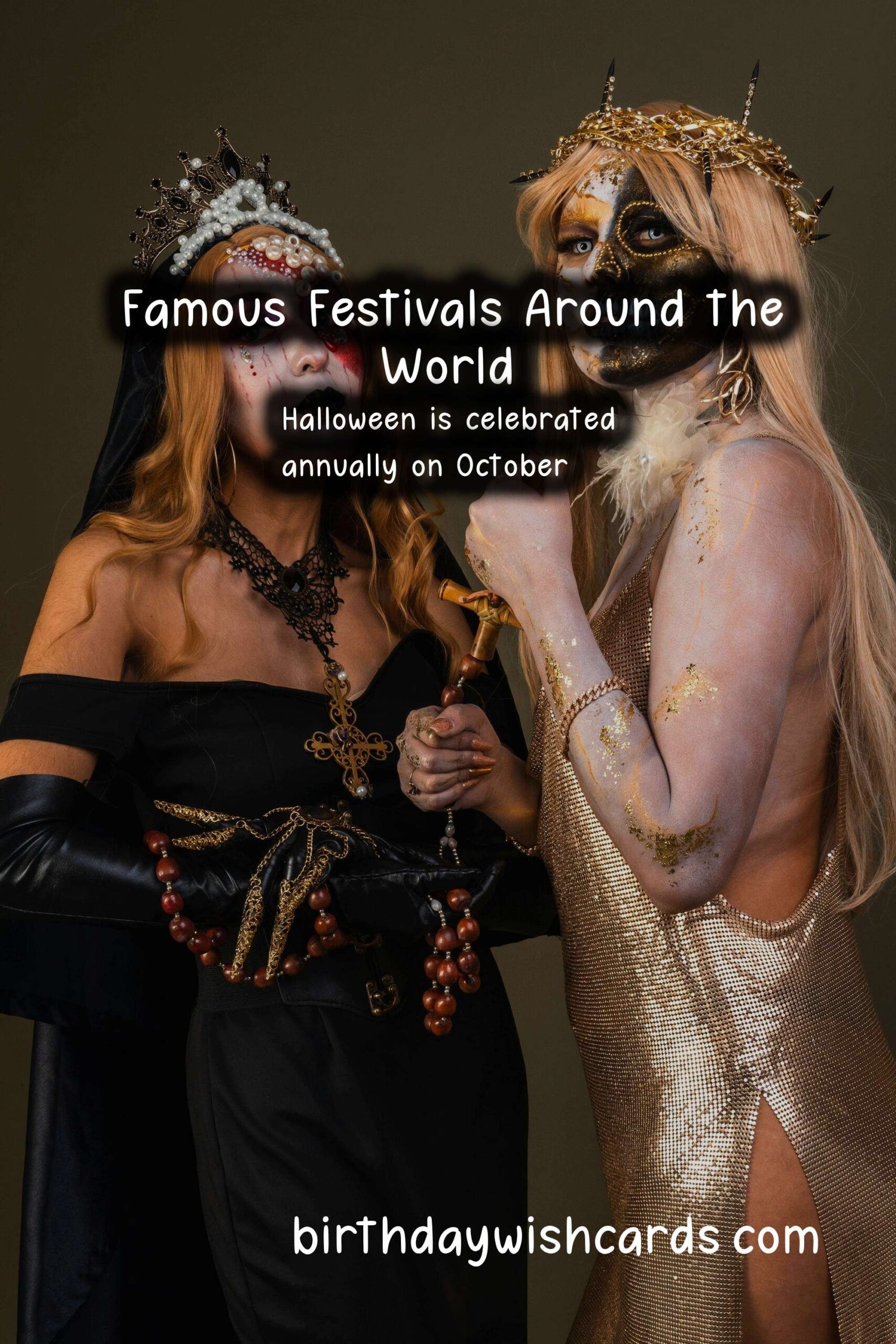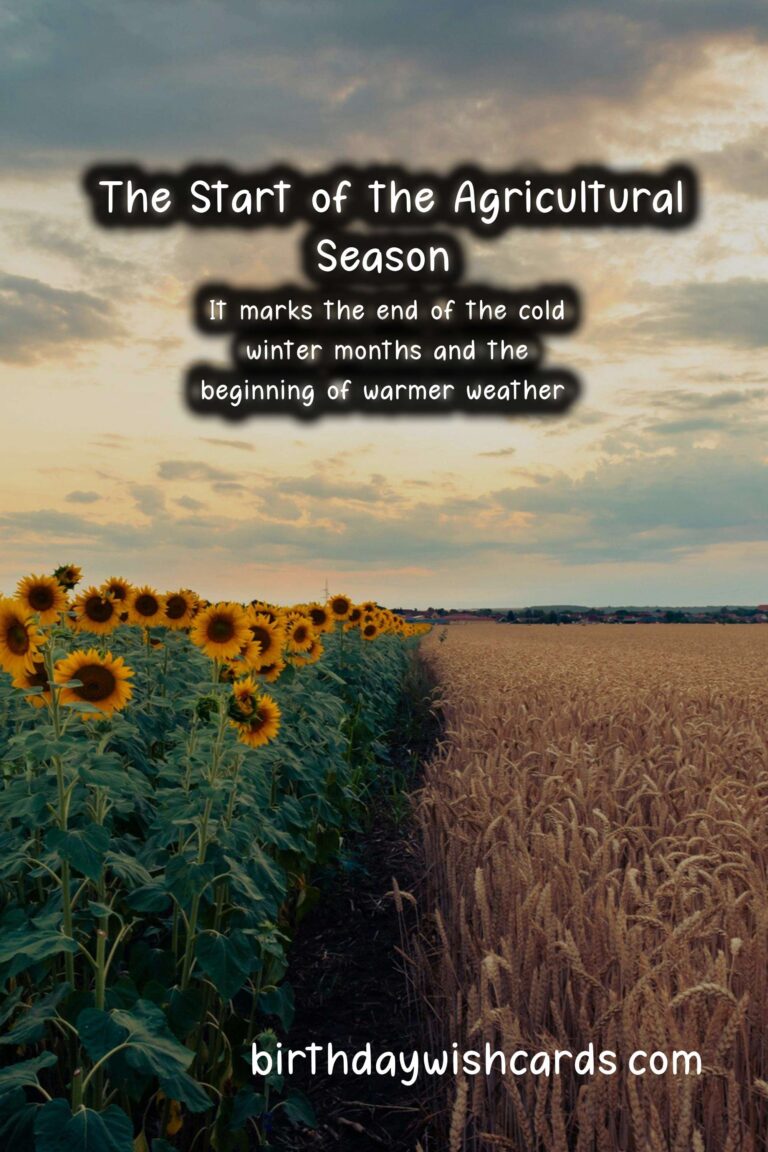Famous Festivals Similar to Halloween
Famous Festivals Similar to Halloween
Halloween, celebrated annually on October 31, is a time for fun, fright, and festivity. While Halloween has its unique traditions, it shares similarities with various festivals around the world that celebrate the supernatural, honor the dead, or simply offer an opportunity for fun and creativity. In this article, we’ll explore some of the most famous festivals that bear resemblance to Halloween, examining their origins, traditions, and significance.
1. Dia de los Muertos (Day of the Dead)
Dia de los Muertos, or the Day of the Dead, is a Mexican holiday celebrated on November 1 and 2. This culturally rich festival honors deceased loved ones with vibrant altars, colorful decorations, and traditional foods such as sugar skulls and pan de muerto (bread of the dead). Families create ofrendas (offerings) at home and cemeteries, featuring pictures, mementos, and favorite items of the departed as a way to remember and celebrate their lives.
Similar to Halloween’s focus on remembering the dead, Dia de los Muertos emphasizes the connection to ancestors, but it does so with a tone of joy rather than fear. The festival blends pre-Columbian beliefs with Catholicism, showcasing the deep-rooted traditions of Mexican culture.
2. Samhain
Samhain, originating from ancient Celtic traditions, is celebrated on the night of October 31, marking the end of the harvest season and the beginning of winter. This festival is believed to be a time when the boundaries between the living and the dead blur, allowing spirits to visit the Earth. Celts celebrated Samhain by lighting bonfires and wearing costumes to ward off wandering spirits.
The rich folklore surrounding Samhain heavily influenced modern Halloween customs. Many of today’s practices, such as trick-or-treating, have their roots in the rituals and beliefs established during this ancient festival.
3. Obon
Obon is a Japanese Buddhist festival held in mid-August to honor the spirits of deceased ancestors. The festival includes lantern lighting, traditional dancing (Bon Odori), and the offering of food to guide the spirits home. Obon is a time for families to come together, pay respects to their ancestors, and celebrate life.
While the atmosphere of Obon is more serene than Halloween, both festivals share themes of remembering and honoring the dead, highlighting the connection to family and culture.
4. Walpurgis Night
Walpurgis Night, celebrated on the night of April 30 in parts of Europe, particularly in Germany, is a spring festival that involves various activities meant to ward off evil spirits. Traditionally, people light bonfires and participate in festivities that evoke a sense of community and celebration.
This festival is named after Saint Walpurga, who was believed to protect against witchcraft and evil. Although not as widely recognized as Halloween, Walpurgis Night embodies similar themes of supernatural beings and protective rituals.
5. Thorrablot
Thorrablot is an Icelandic midwinter festival held in January and February, celebrating the Norse god Thor and the arrival of spring. Traditionally, it involves feasting on traditional dishes and engaging in folk games, sometimes reflecting darker elements of Viking lore, such as rituals in honor of the dead.
While distinctly different from Halloween, the ancient customs and the celebration of spirits make Thorrablot an intriguing fall festival akin to Halloween’s themes of honoring the supernatural.
6. Chuseok
Chuseok, also known as Korean Thanksgiving Day, is celebrated in South Korea during the autumn season, generally in late September or early October. It’s a time when families gather to honor ancestors and share traditional meals, including rice cakes and harvested foods.
Like Halloween, which emphasizes togetherness and reflection on the past, Chuseok embodies similar familial and cultural connections, blending gratitude with remembrance through kinship.
7. Ognissanti (All Saints’ Day)
Ognissanti, also known as All Saints’ Day, is observed on November 1 and is a day set aside to honor all saints in Christian tradition. In many cultures, families visit graves and hold memorial services, reflecting on the lives of those who have passed.
Despite its religious roots, the celebration incorporates elements of remembrance and communication with the deceased, echoing sentiments found in Halloween traditions.
8. Lantern Festivals
Lantern festivals, commonly celebrated in various cultures, offer a vibrant display of lights that symbolize hope and remembrance. For instance, the Yee Peng Lantern Festival in Thailand involves releasing lanterns into the sky to honor spirits and wish for good fortune. This festival is closely associated with celebrations like the Lantern Festival in China.
While not directly linked to Halloween, the shared theme of illuminating darkness and honoring spirits connects these festivals with the atmosphere found during Halloween.
Conclusion
Across cultures, celebrations that reflect on life, death, and the supernatural draw fascinating parallels with Halloween. From Dia de los Muertos to Obon and beyond, these festivals highlight the importance of honoring ancestry, community, and the interconnectedness of life and beyond. Each festival showcases unique traditions and cultural practices, proving that the themes of Halloween are resonant and global.
Halloween is celebrated annually on October 31.
Many festivals around the world celebrate similar themes of honoring the dead.










#Halloween #CulturalFestivals #DiaDeLosMuertos #Samhain






